You cannot live with your back turned to Antequera (Málaga), a monumental city that goes unnoticed. It is called the center of Andalusia due to its location and good communications, which place it one hour by bus from Granada and Córdoba and less than two hours from Seville (the geographical center is in Monturque, Córdoba). There are those who stay in Antequera, in its white parador in harmony with the rest of the houses, to make excursions to the capitals of Andalusia, or even to Ronda, but forget to visit in depth this large inland town that produces muffins with PGI protection seal and Christmas sweets with olive oil; and, alas, then come the wailing. It has 33 churches and convents, the Antequerans repeat as if it were a litany, and a citadel at the top. And the Sierra del Torcal, where carbonic acid dissolves the limestone rock and creates geological formations that look like a two-meter screw or a camel or a snail (everyone can see what they want in them). Antequera is not touristy – nor does it want to be – which makes it a favorable place for the arrival of new tourists.
Inside the hostel
Anterior
Following
A small group of South Koreans and another of Americans with great interest in the area’s heritage – they take more notes than photos – were at the parador on a weekday at the end of October. The first had reserved to eat (a little stop); The Americans were housed and visited several capitals, ranging from Antequera to the Alhambra in Granada or the mosque in Córdoba. They make up 35% of the guests of this two-story hotel. The rest, says Abigail Morán, its director, are business clients (this city of 41,178 inhabitants operates as a logistics center) and nationals looking for “a getaway” for the weekend, the youngest, or daily, active retirees, with concerns.
The Antequerano appears more in summer, on the terrace, and the rest of the year, when he has something to celebrate. Morán wants to bring the inn closer to the town and contribute to the economic growth of the region. “The idea is to increase local suppliers,” he says on a sofa next to the cafeteria, where guests sip a sparkling water (or a gin tonic) at that somewhat silly hour before dinner, when it’s already dark in November and the museums have closed, but you’re still not hungry or in the mood to walk. Morán, in his inclination for local products, meets with suppliers in the area to make them part of the parador’s menu. An example: the Malaga suckling goat.
Activities for everyone in a natural environment
Cultural visits, sustainable tourism, revitalization of the area…
How to get the most out of the area where the Antequera parador is located
Local food as an attraction will be discussed later. The place has an identity, there are typical dishes and products. Antequera has reached the final together with Alicante to be elected Spanish Capital of Gastronomy 2025 (the result will be known on November 26). But what those who spend a day in this municipality and its surroundings really like is the Sierra del Torcal. The highest point is at 1,345 meters, reports geologist David González, so there is a steep climb from Antequera (525 meters). “Then at the top it is flat, it is a karst labyrinth,” defines this specialist in geomorphology.
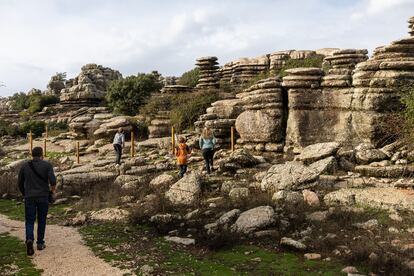
The Torcal are rocks. The acidic waters dissolve the calcium carbonate in the stones and erosion occurs, giving rise to whimsical geological formations. The screw is the best known because it is a two-meter tower made up of unequal flat stones that appear to be superimposed and because, says González (without detracting from this natural monument declared in 2001), it is next to the main road and can be reached very easy walk along a neat trail to see and photograph it. But there are dozens of rock formations named after animals or everyday objects. “They are called imitative,” the geologist points out as a concept. It is not a game, it is used to guide you. “It is very easy to get lost off the marked trails,” says González. Not with him, who leaves the green and yellow routes that the general public travels. The geologist becomes an off-piste because he knows the terrain so well that he has created a map and named streets (trails) and neighborhoods (zones). With or without a guide, due to the karst labyrinth, you walk at 1.5 kilometers per hour, far from the 5 or 6 km/h that walkers reach on urban walks.
Mari Carmen, Pedro and Encarni recommend
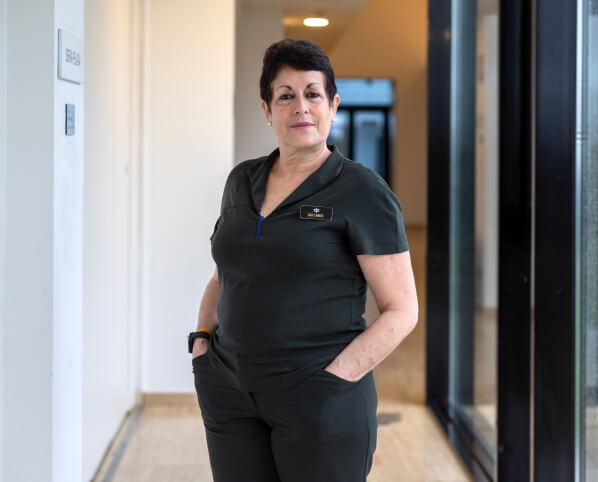
Six kilometers from Antequera is the source of the Villa River, where you can see the water gushing from the mountains. It has picnic areas, there is a lake, lots of outdoor space. It is a very good place to spend the day with the family.
Mari Carmen Peláez
governess 20 years in Paradores
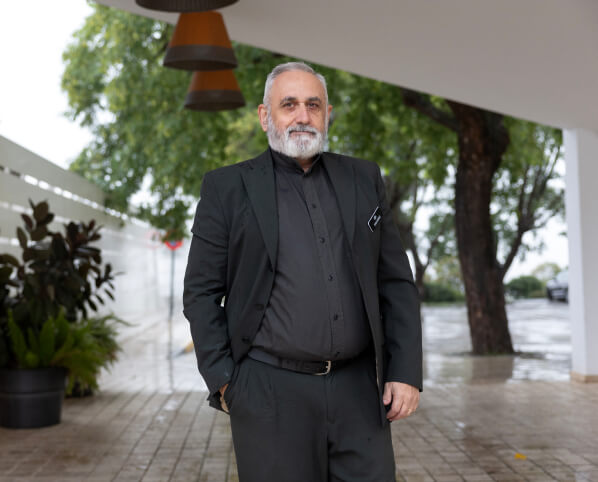
25 kilometers in the direction of Granada is the town of Archidona, which has an octagonal square with a lot of history where they perform all kinds of shows. I recommend visiting his hermitage. It is a very beautiful white town that is not overcrowded.
Pedro Serrano
Second Reception 44 years in Paradores
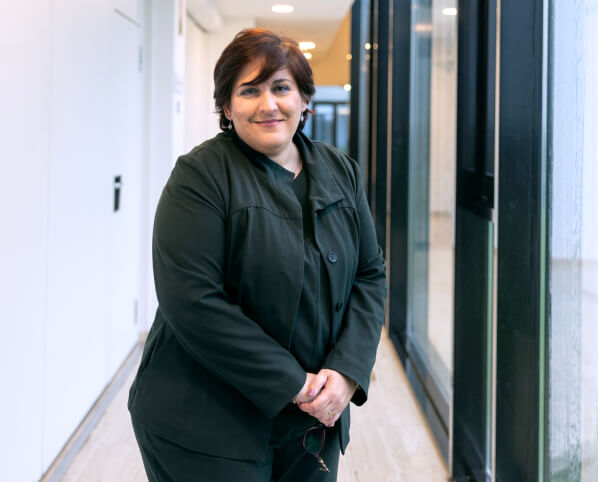
There is a route on the outskirts that takes you to the Magdalena convent. You have to take the Almenillas path. The environment is very beautiful, you walk among olive trees. You have to climb a hill at the beginning. You can see Antequera from above. It’s an hour there and another hour back.
Encarni Muñoz
Reception Manager 20 years in Paradores
There were no mountain goats that day. Just a vulture in the air. It’s not orchid season either. “I have 23 different types of this plant registered,” he says. “And 126 chasms,” he points to the side of a basin in the stone, which accumulates rainwater for animals and before that for humans. Caving is a minority compared to walking, but it counts as leisure. Also astronomical activities due to the purity of its atmosphere. Antequera, a conventual city in the 18th century, also full of stately homes, has a lot, but it does not usually make up the list of places to visit: the same thing happens to Lorca, to Cazorla, to Talavera de la Reina; Their time will come.
It gives the keys to why González is not touristy, from the citadel, which offers a panoramic view of this uniform city in which the bell towers and gazebos of some houses barely stand out. “Logistics and agriculture are very important in Antequera, which is why a strong economy has not been formed around tourism,” he says. There are no stores souvenirs, says. Nor has a terrace been installed in the vicinity of the Plaza de los Escribanos, where the collegiate church stands.
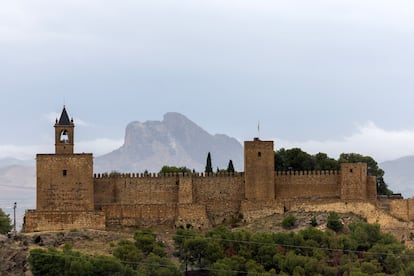
That agriculture that González mentions, that olive oil and those vegetables, contribute to the gastronomy becoming another reason to visit it. The Obrador San Pancracio mantecados are made with lard. Pilar Aguilera, its owner, has been amassing for two decades. They have now created a vegan option with olive oil, which is abundant in the area. “I call them snacks,” he says in his workshop. His parents already had a Christmas candy business. His grandparents were bakers. “I come from the factory,” he says gracefully. “I make my recipes. “Everything is handmade,” he adds between baskets full of Polvorones. Two workers quickly bundle (wrap) some angel hair clippers to put them up for sale.
—Do I need to crush the Polvorón or Mantecado before eating it?
—Tch.
Aguilera clicks her tongue and stirs, half desperate for that tradition. It is true that if it is not crushed it will crumble a little, but this previous step modifies its texture, its presentation, the way in which it has been conceived: it is not recommended. It is also not necessary to toast the muffins, although the usual thing is to heat them so that they crunch and what is inside melts. Miriam García, one of the owners of the oven specializing in Dulce Nombre muffins, assures that her son eats it white, without anything, without heating, dry, just as it comes in the bag. It is quality, it has not been frozen, they sell in the afternoon what they produce in the morning. These breakfast buns are present throughout Antequera. Also at the parador, which always locates its clients from the early hours of the day, it makes it clear where they are, even if they later plan to travel to Granada.
Andalusia, in 16 inns
CREDITS:
Writing and script: Mariano Godson
Editorial coordination: Francis Pacha
Photograph: Pablo Monge
Development: Rodolfo Mata
Design: Juan Sanchez
Design coordination: Adolfo Domenech





